Elevate Your BPO’s Communication Strategy with SIP Trunking
Business process outsourcing companies face unique communication challenges that traditional phone systems simply can’t handle effectively. The demands of managing hundreds or thousands of simultaneous calls, maintaining consistent service quality across multiple locations, and keeping operational costs under control require a more sophisticated approach to telecommunications.
Perhaps the most significant shift in recent years has been the movement away from conventional telephone lines toward SIP trunking solutions. This transition isn’t just about technology – it’s about fundamentally rethinking how BPOs can operate more efficiently while providing better service to their clients.
Understanding SIP Trunking Technology
SIP trunking represents a revolutionary approach to voice communications that operates entirely over internet connections rather than traditional phone lines. Think of it as the digital equivalent of your old telephone system, but with capabilities that extend far beyond what copper wires could ever achieve.
The Session Initiation Protocol itself manages the setup, maintenance, and termination of communication sessions between two or more parties. What makes this particularly interesting for BPOs is how SIP trunking handles multiple simultaneous connections without the physical limitations that plague traditional systems.
When someone makes a call using SIP trunking, the system converts their voice into digital packets that travel across the internet to reach their destination. The receiving end then converts these packets back into audible speech. This process happens so quickly that most people can’t tell the difference from a regular phone call – except for the improved clarity and additional features.
Why BPOs Need Advanced Communication Infrastructure
Business process outsourcing operations deal with communication demands that most other industries simply don’t face. A typical BPO might handle customer service for multiple clients simultaneously, each with different requirements for call routing, recording, and reporting.
Traditional phone systems create bottlenecks that become more problematic as operations scale. Adding new lines requires physical installation, which can take weeks or months. Geographic expansion means setting up entirely separate phone systems that don’t integrate well with existing infrastructure.
The cost structure of conventional systems also works against BPOs. International calls remain expensive, and the per-line charges add up quickly when you’re managing hundreds of agents across multiple shifts. These limitations force many BPOs to make compromises that ultimately affect service quality.
Operational Challenges Traditional Systems Create
Most BPOs find that their phone systems become a constraint on growth rather than an enabler. When call volume spikes unexpectedly, traditional systems can’t adapt quickly enough. Agents might find themselves unable to access the features they need, or worse, customers might experience busy signals or dropped calls.
Managing multiple client requirements on a single traditional system proves nearly impossible. One client might need specific call routing rules, while another requires different recording protocols. Traditional systems struggle to maintain these separate configurations without creating conflicts.
The reporting capabilities of conventional phone systems rarely meet BPO requirements either. Clients expect detailed analytics about call patterns, agent performance, and customer satisfaction metrics. Traditional systems provide basic call logs at best, leaving BPOs to piece together reports from incomplete data.
How SIP Trunking Transforms BPO Operations
SIP trunking solutions address virtually every limitation that traditional systems impose on BPOs. The fundamental difference lies in how these systems treat voice communications as data rather than as circuit-switched connections.
This approach enables capabilities that simply aren’t possible with traditional phone lines. Call routing becomes intelligent and flexible, able to direct incoming calls based on complex criteria like agent skills, client requirements, or even real-time queue conditions. The system can automatically overflow calls to different locations when one site reaches capacity.
Recording and monitoring capabilities expand dramatically as well. Every conversation becomes a digital file that can be easily stored, searched, and analyzed. Quality assurance teams can review calls more efficiently, and supervisors can provide real-time coaching without physically standing behind agents.
Scalability That Matches Business Growth
Perhaps the most transformative aspect of SIP trunking is how easily it scales. Adding new agents doesn’t require installing additional phone lines or purchasing new hardware. A BPO can literally double its capacity overnight by configuring additional user accounts in the system.
Geographic expansion becomes straightforward too. New locations can be connected to the existing communication infrastructure within hours rather than weeks. Agents working from different cities or even different countries appear as seamlessly integrated parts of the same operation.
This scalability extends to feature deployment as well. New capabilities can be rolled out across the entire organization simultaneously, ensuring consistent service delivery regardless of location or client requirements.
Cost Advantages That Impact BPO Profitability
The financial benefits of transitioning to SIP trunking often exceed initial expectations. BPOs typically see immediate reductions in their monthly telecommunications expenses, but the long-term savings prove even more significant.
International calling costs drop dramatically when voice travels over internet connections rather than traditional phone networks. For BPOs serving global clients or operating across multiple countries, this single change can reduce telecommunications expenses by 60% or more.
The elimination of physical phone line installation and maintenance costs adds another layer of savings. Traditional systems require technician visits for changes, updates, or repairs. SIP trunking systems can be modified remotely, often without any service interruption.
Hardware costs decrease substantially as well. Modern SIP trunking solutions require minimal on-site equipment – often just internet-connected devices that agents use to make and receive calls. The complex switching equipment that traditional systems demand becomes unnecessary.
Predictable Expense Management
One advantage that BPO financial managers particularly appreciate is the predictability of SIP trunking costs. Traditional phone systems generate variable charges based on usage patterns, call destinations, and service requests. These fluctuating expenses make budgeting difficult and can create unpleasant surprises.
SIP trunking typically operates on subscription models with fixed monthly costs per user. This predictability enables more accurate financial planning and eliminates the risk of unexpected telecommunications bills during high-volume periods.
The transparent pricing structure also makes it easier to pass telecommunications costs through to clients accurately. BPOs can provide detailed usage reports that justify billing without the complexity of traditional phone system cost allocation.
Implementation Strategy for BPO Environments
Transitioning from traditional phone systems to SIP trunking requires careful planning to avoid service disruptions. Most successful implementations follow a phased approach that allows operations to continue while the new system is deployed and tested.
The initial phase typically involves setting up SIP trunking in parallel with existing infrastructure. This allows IT teams to configure routing rules, test call quality, and train staff without affecting ongoing operations. Agents can familiarize themselves with new interfaces and features during lower-volume periods.
Migration of actual call traffic happens gradually, often starting with a small group of agents or a single client’s calls. This approach allows teams to identify and resolve any issues before expanding to the full operation.
Staff Training and Change Management
The human element of implementation often proves more challenging than the technical aspects. Agents who have worked with traditional phone systems for years need time to adapt to new interfaces and capabilities that SIP trunking provides.
Training programs should focus on practical scenarios rather than theoretical explanations of technology. Agents need to understand how to perform their daily tasks using the new system, not necessarily how the underlying protocol works.
Supervisors and quality assurance teams require more comprehensive training since they’ll be using advanced features like real-time monitoring, call routing management, and detailed reporting capabilities.
Comparing SIP Trunking with Traditional PBX Systems
The differences between SIP trunking and traditional Private Branch Exchange setups extend far beyond basic functionality. Traditional PBX systems were designed for different communication needs and struggle to meet modern BPO requirements.
Traditional systems require significant upfront capital investment in switching equipment, phone lines, and installation services. These systems also demand ongoing maintenance contracts and periodic hardware updates that add to long-term costs.
SIP trunking operates more like a software service, with lower initial costs and predictable ongoing expenses. The underlying infrastructure is maintained by the service provider rather than the BPO’s IT team.
| Feature | Traditional PBX | SIP Trunking |
|---|---|---|
| Setup Time | 2-8 weeks | 1-3 days |
| Scalability | Limited by hardware | Virtually unlimited |
| International Calling | Expensive per-minute rates | Included in most plans |
| Remote Work Support | Requires VPN and additional equipment | Native support |
| Advanced Analytics | Basic call logs | Real-time reporting |
| Integration Capabilities | Limited third-party options | Extensive API support |
| Disaster Recovery | Complex backup systems required | Built-in redundancy |
Feature Comparison Analysis
The feature gaps between traditional and SIP trunking systems become particularly apparent when BPOs need advanced capabilities. Traditional PBX systems might offer basic call forwarding, but they can’t implement intelligent routing based on agent skills or real-time queue conditions.
Call recording on traditional systems often requires additional hardware and storage solutions. SIP trunking includes recording capabilities as standard features with cloud-based storage that scales automatically.
Integration with customer relationship management systems, helpdesk software, and other business applications proves nearly impossible with traditional PBX systems. SIP trunking provides robust APIs that enable seamless data exchange between systems.
Provider Selection Criteria for BPO Operations
Choosing the right SIP trunking provider requires careful evaluation of several factors that directly impact BPO operations. Not all providers understand the unique requirements of business process outsourcing environments.
Service level agreements become particularly important for BPOs since their clients depend on consistent availability. Look for providers that guarantee uptime of 99.9% or higher, with clear compensation structures for service disruptions.
Geographic coverage matters significantly for BPOs with distributed operations or international clients. The provider’s network infrastructure should include points of presence in all regions where the BPO operates to ensure optimal call quality.
Support and Service Considerations
BPOs operate around the clock, which means their communication systems need 24/7 support from knowledgeable technical teams. Evaluate potential SIP trunking providers’ support capabilities carefully, including response times for different severity issues.
The provider’s experience with BPO environments can make implementation much smoother. Providers who understand call center operations are more likely to recommend appropriate configurations and anticipate potential issues.
Integration support becomes crucial when connecting SIP trunking systems with existing BPO infrastructure. Some providers offer dedicated integration teams that can work with popular customer relationship management and workforce management platforms.
Future-Proofing BPO Communication Infrastructure
The telecommunications landscape continues to change rapidly, and BPOs need communication solutions that can adapt to future requirements. SIP trunking provides a foundation that can incorporate new technologies as they become available.
Artificial intelligence integration represents one area of significant development. Modern SIP trunking systems can already incorporate basic AI features like automated call routing and sentiment analysis. These capabilities will expand to include real-time agent coaching and predictive analytics.
Remote work support has become essential rather than optional for most BPOs. SIP trunking inherently supports distributed workforces without requiring complex VPN configurations or specialized equipment.
Emerging Technologies and BPO Applications
Cloud-based unified communications platforms are beginning to integrate voice, video, messaging, and collaboration tools into single solutions. This convergence can simplify BPO operations by reducing the number of systems agents need to manage.
Real-time translation capabilities are emerging that could enable BPOs to serve clients in multiple languages without requiring multilingual agents. These features depend on SIP trunking systems that can process and modify audio streams in real-time.
Advanced analytics powered by machine learning algorithms can identify patterns in call data that humans might miss. These insights can help BPOs optimize staffing levels, identify training needs, and improve customer satisfaction.
Implementation Best Practices for BPO Environments
Successful implementation of SIP Trunking For BPOs requires attention to details that might not be obvious during initial planning. Network assessment should happen well before migration begins to identify potential bandwidth or quality issues.
Testing should include peak load scenarios that simulate the highest call volumes the BPO expects to handle. Many implementations fail because they’re only tested under normal operating conditions, not the stress situations that reveal system limitations.
Documentation becomes particularly important during SIP trunking implementation. BPOs need clear procedures for common tasks like adding new agents, modifying call routing rules, and generating client reports. This documentation proves invaluable when staff turnover occurs.
Quality Assurance During Migration
Call quality monitoring should begin immediately when SIP trunking goes live, even during pilot phases. Audio quality issues that seem minor initially can become major problems when call volumes increase.
Agent feedback provides valuable insights that technical monitoring might miss. Establish formal channels for agents to report issues or suggest improvements during the transition period.
Client communication throughout the implementation process helps manage expectations and builds confidence in the new system. Regular updates about progress and any temporary limitations prevent misunderstandings.
DIDlogic: Your Trusted SIP Trunking Partner
DIDlogic understands the unique challenges that BPOs face when implementing new communication technologies. Our team has worked with hundreds of business process outsourcing companies to design and deploy SIP trunking solutions that meet their specific operational requirements.
Our approach starts with a thorough assessment of your current infrastructure and future growth plans. We don’t believe in one-size-fits-all solutions because every BPO has different client requirements, geographic constraints, and operational priorities.
The DIDlogic platform includes advanced features specifically designed for BPO environments, including intelligent call routing, real-time analytics, and seamless integration with popular workforce management systems. Our 24/7 support team includes specialists who understand call center operations and can provide expert guidance when you need it most.
Ready to Transform Your BPO Communications?
The telecommunications landscape continues changing rapidly, but SIP trunking has proven itself as a reliable foundation for BPO operations of all sizes. The combination of cost savings, advanced features, and scalability makes it an essential consideration for any business process outsourcing company looking to improve operational efficiency.
Your clients depend on consistent, high-quality communication services. Traditional phone systems create limitations that become more problematic as your business grows. SIP trunking removes these constraints while providing the advanced capabilities that modern BPO operations require.
Contact DIDlogic today to discuss how SIP trunking can support your specific operational requirements and growth objectives. Our team will work with you to design a solution that meets your current needs while providing the flexibility to adapt as your business changes.
Related Solutions:









